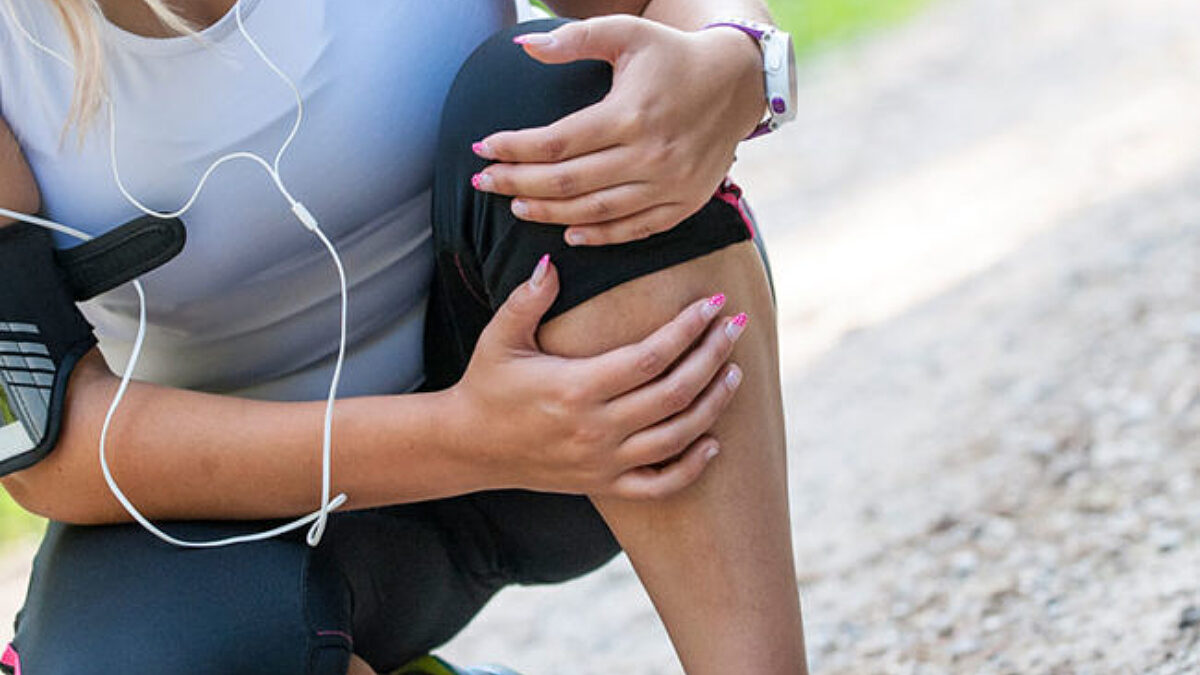
Recent Posts
Soreness vs Pain: What’s the Difference?
There are many benefits to exercise. Physical activity benefits your physical, mental, and social health. Exercise improves sleep and helps you maintain strong muscles and bones. It also helps prevent or improve many chronic conditions, such as heart disease, diabetes, obesity, depression, and some cancers.
Along with the benefits, though, you can expect some discomfort after pushing your body to do more than usual. When you exercise, you are putting healthy stress on your heart, lungs, muscles, and bones to gain strength or endurance. This good stress can cause normal muscle soreness and fatigue. It’s a sign that you did something to improve your health and strength.
The good news is that normal soreness after a workout is not a cause for concern. And it should go away on its own after a few days. But pain or discomfort that lasts may mean you have an injury.
Here’s how to tell the difference between muscle soreness and pain, plus some tips for managing both.
Muscle Soreness
Exercise soreness sometimes results from starting to use muscles that you have not used stressfully in a long time. Short-term muscle soreness is a healthy and expected result of exercise. Normal muscle soreness and fatigue peak between 24 and 72 hours after a muscle-stressing activity. It should go away on its own after a few days.
The amount of soreness you have depends on the time and intensity of your exercise. It also will depend on whether the activity was new to you and how intense your workout was. It can take longer for your body to adapt to new activities. This is especially true for more intense activities that are longer or use movements you are not used to doing.
What To Do if You Have Muscle Soreness
During the recovery period, while you have soreness, it is important to:
- Give the muscles you worked time to recover. You are more likely to get injured if you continue with the same intensity and type of exercise too soon. More intense and lengthy activities, such as running a marathon, can take over a month to fully recover.
- Stay active and keep moving until the soreness decreases or goes away. Soreness often improves with easy stretching and light movement. Total rest can increase soreness. While you recover, consider doing a different exercise. Or do your activity at a lower intensity or for less time during the first few days of soreness.
- Vary your activities. Work your legs, arms, and whole body on alternate days. This will help you keep moving and strengthen other muscles while allowing the sore ones to rest.
Pain
Injury pain usually occurs in a specific body part, like a tendon or a joint. It can be more intense and more constant than muscle soreness. It may vary from a constant “ache” (even without movement) or you may feel sharp pain during movement or exercise, or afterward with a particular movement. It can keep you awake at night. With pain, your joints or muscles may become very stiff if you rest or sit for a long time. Injury pain may not go away on its own.
Pain also can change how you move. If you limp because of pain or favor one shoulder over the other, it may be a sign of an injury.
What To Do if You Have Pain
- Stop any painful activities and change what you do. Ice can provide short-term relief for pain caused by inflammation.
- Don’t push through the pain. Doing so can cause the problem to get worse and lead to further injury.
- Seek help from a health care provider. If you have pain that doesn’t go away, even after seven to 10 days, see your doctor or physical therapist for an evaluation and treatment.
How Can a Physical Therapist Help?
Even if you don’t have an injury, we can assess your strengths and weaknesses. We will work with you to improve your performance in your sport or activity. Our therapists will develop a safe, progressive exercise program to help you reach your goals and teach you ways to prevent injuries.
If you have pain caused by an injury, we can help you recover. We’ll also recommend activities to help you keep your fitness and help you address any weaknesses or movement problems that contributed to your injury.
Living a healthy and active lifestyle shouldn’t hurt. Let us help you maintain your health and reach your fitness goals without causing injury and pain.
**Sourced from ChoosePT.com. Read entire article HERE.
